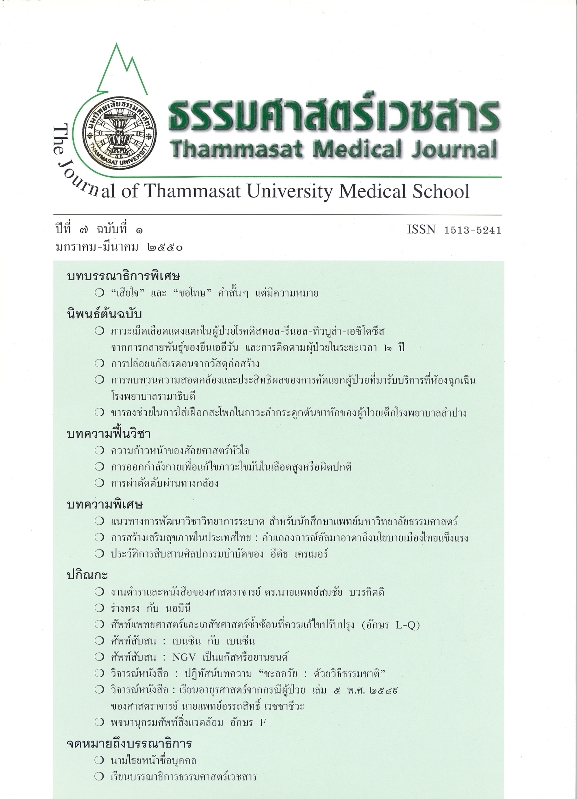Emanation of Radon Gas from Building Materials
Keywords:
radon gas, building materials, concrete slab, fly ash, phosphogypsumTuM7/1Abstract
Evaluation of radon gas emanated from industrial by-products, i.e., fly ash from coal-fired power plant and phosphogypsum from fertilizer production plant revealed the following findings: (1) the concrete slab containing phosphogypsum released greater amounts of radon gas than that released from the concrete slab containing fly ash; (2) phosphogypsum powder released radon gas 407 Bq/kg and fly ash released 24 Bq/kg; (3) phosphogypsum contained radium-226 amounts as high as 1,119 Bq/kg, while fly ash contained only 184 Bq/kg; this is the reason explaining the difference in the released amounts of radon gas between the two materials.
Key words: radon gas, building materials, concrete slab, fly ash, phosphogypsumTuM7/1


